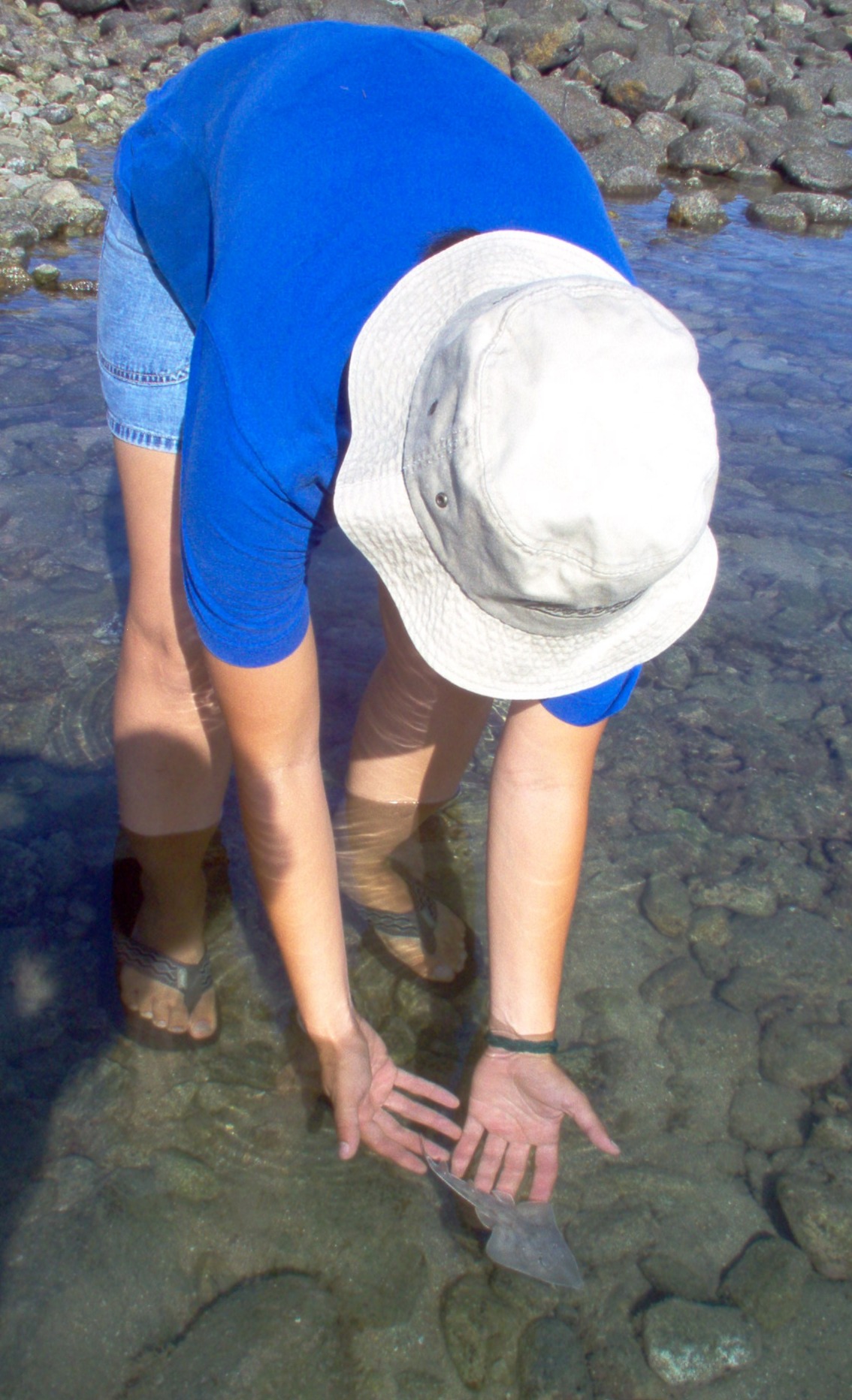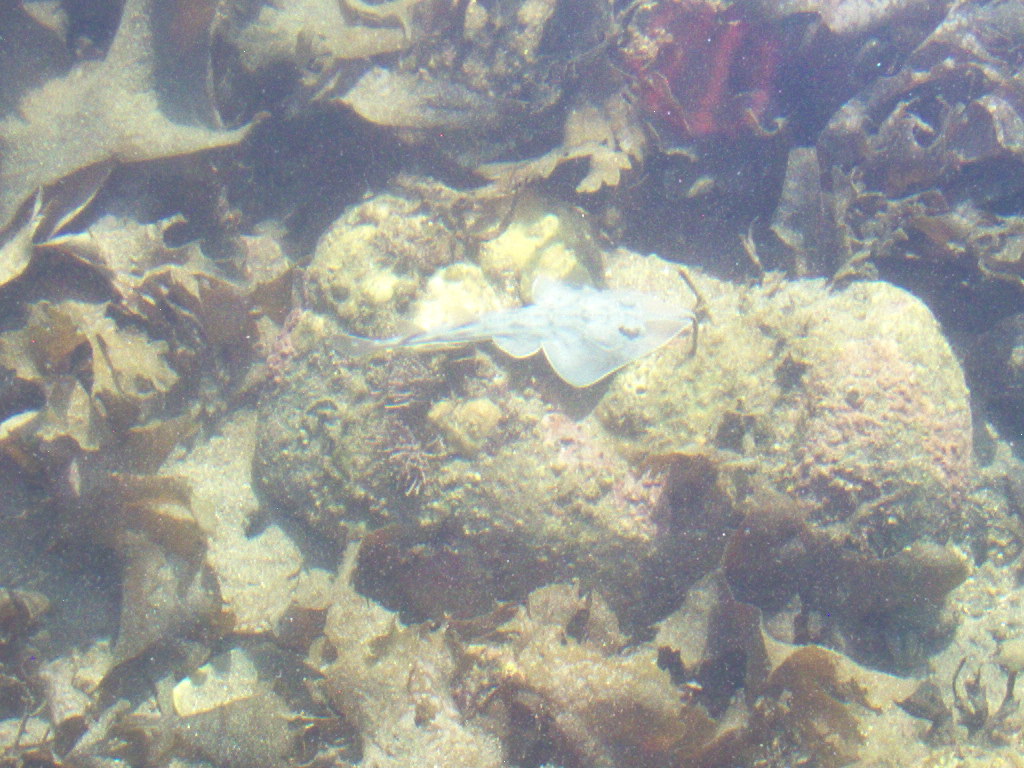Is the reproductive strategy of Guitarfish really a strategy for surviving fishing pressure as a target or bycatch species?
Batoid fishes exhibit three reproductive modes that can be grouped into two categories depending on how embryos obtain nutrition: 1) The first is lecithotrophic, in which embryos rely entirely on the yolk sac throughout gestation. The second is matrotrophic, where maternal input supplements the yolk, for instance, through uterine secretions or “milk”. All members of the family Rhinobatidae, commonly known as Guitarfish, are yolk-sac viviparous. Their embryos develop within the mother’s uterus and are nourished exclusively by the yolk sac. Towards the end of gestation, these embryos undergo a remarkable transformation: they absorb the external yolk sac into their body cavity, forming an internal yolk reserve. This adaptation provides them with an energy buffer to survive their first few days in nursery areas while they learn to feed and adapt to their new environment. Recently, we witnessed this fascinating survival strategy firsthand.
During a gillnet sampling session, we accidentally caught a pregnant female of Shovelnose Guitarfish, Pseudobatos productus. We quickly retrieved the net and attempted to release her, but the female was already near death, or possibly dead. As we handled the specimen, we noticed several embryos being expelled from the uterus. To our surprise, a few of them began to move vigorously, showing clear signs of life. After witnessing the scene, we place the newborns in a plastic bin filled with seawater. None had visible external yolk sacs, suggesting that they were in the final stages of development and likely ready to be born. The swollen and reddened uterus of the female also indicated that parturition might have already begun. Surprisingly, two of the four young Guitarfishes (17 cm total length) remained active during transportation from the fishing area to the field lab, where we kept them in a big tank with other ray species. After 10 days in captivity and monitoring, we released the young Guitarfishes at the nearby beach, where they remained active, seeking shelter in their new habitat.

Release of shovelnose guitarfish Pseudobatos productus offspring. Credit: Alfonsina Romo | The University of Texas at Austin, Marine Science Institute

The juvenile shovelnose guitarfish Pseudobatos productus swimming off following release. Photo © Alfonsina Romo | The University of Texas at Austin, Marine Science Institute
If we extrapolate this field observation to fishing activities, such a reproductive strategy could increase the survival rate of late-stage embryos, especially those expelled during capture events. Various scientific studies have documented that Guitarfish species migrate to deep waters during the gestation period and return to shallow waters to give birth in the nursery areas, where males later arrive to mate. Unfortunately, these aggregations often overlap with artisanal fishing operations, and species of commercial interest are targeted during this vulnerable period. In contrast, in coastal artisanal trawl fisheries such as shrimp fishing, juveniles to mature organisms are seen, and occasionally pregnant females, which are not target species for fishermen, as is the case with the Freckled Guitarfish, Pseudobatos lentiginosus.

Freckled Guitarfish Pseudobatos lentiginosus with five terminal embryos. The female showed signs of having aborted or given birth to one embryo during the catch. Photo © Juan Carlos Pérez Jiménez | El Colegio de la Frontera Sur
Given this reproductive adaptation and the potential for neonates to survive if released promptly, it is possible that the timely release of expelled embryos and live juveniles could help sustain recruitment. However, this applies only to embryos in the final developmental stages; earlier-stage embryos are far less likely to survive once removed from the uterus. Therefore, we consider it is crucial to complement the empirical knowledge of fishermen with developing training programs for them as a conservation strategy for Guitarfish and other yolk-sac viviparous species, to ensure that the fishers understand their invaluable support in preserving recruits during fishing activities and the importance of releasing at least newborns and juveniles, as well as adults of species with no economic value.
